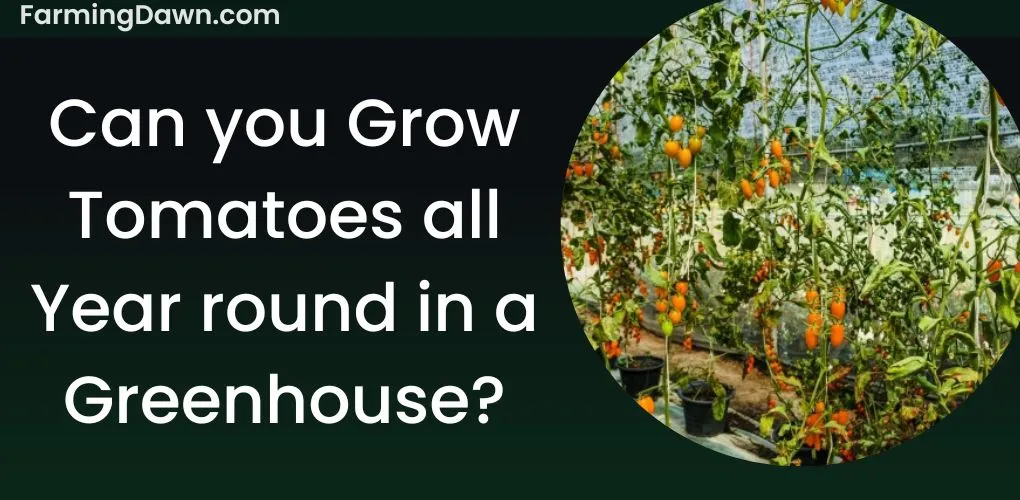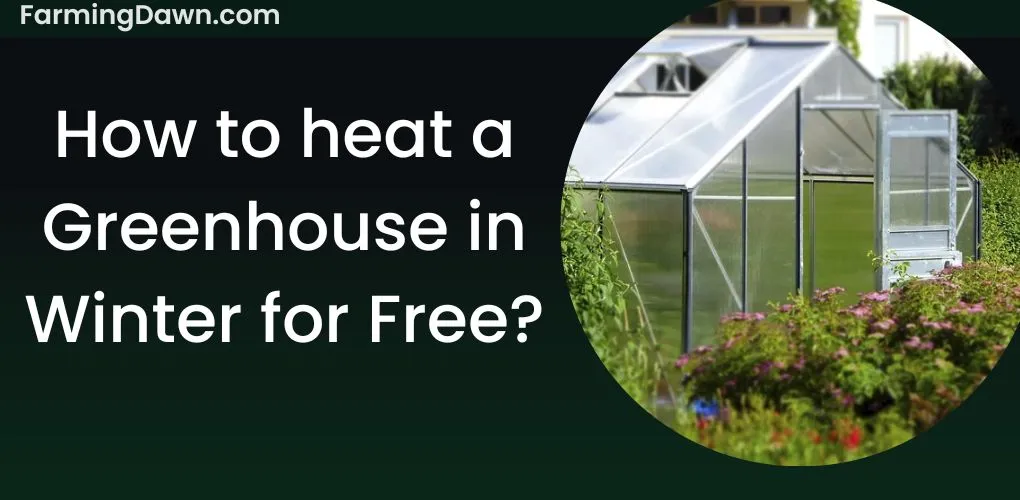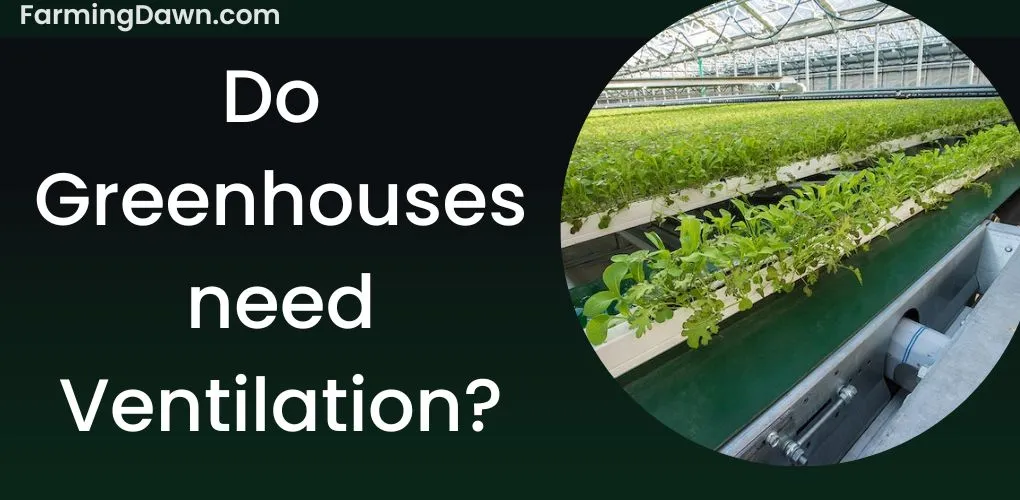As a gardener, you realize the significance of giving your plants the care and support they need to thrive. Knowing how to string tomatoes in greenhouse improves not only your tomato yield but also encourages healthy growth and an increase in harvest.
In this article, I’ll explain specific methods with step-by-step directions on ways to tie up tomatoes in your greenhouse. From selecting the right materials to tying the knots, we’ll cover all the essential steps to help you get the most out of your tomato plants.
Benefits of Growing Tomatoes in a Greenhouse
The amount of environmental control provided by tomatoes cultivated in greenhouses is one of their main benefits. Growers can control temperature, humidity, and light levels in a greenhouse to provide ideal growing conditions year-round.
This means that even in regions with harsh winters or unpredictably changing weather, tomatoes can be cultivated all year round.
Moreover, tomatoes cultivated in greenhouses typically yield greater than those grown outdoors. Farmers can establish optimum circumstances for tomato plants to flourish with regular monitoring and management, producing larger, healthier fruit and more plentiful harvests.
Finally, tomatoes produced in greenhouses are shielded from various pests and illnesses that can ruin outdoor harvests. Gardeners can lessen the development of dangerous fungi and insects by managing their environment, which eliminates the need for pesticides and other chemical treatments.
Choosing the Right String for Growing tomatoes up a string
Choosing the right string is essential to string up tomato plants in your greenhouse properly. There are synthetic strings made of nylon or polypropylene, as well as natural strings made of cotton or jute.
Natural strings may not survive as long as synthetic ones, which are more resilient and resistant to moisture and pests yet are biodegradable and environmentally benign.
Let’s now talk about the advantages and drawbacks of each kind of string. Natural strings may stretch and sag with time, but they are softer and less likely to harm the tomato plant.
Synthetic strings, on the other hand, are strong and reliable, have the potential to cut into the stem and limit development if they are not correctly adjusted.
In my experience, polypropylene synthetic twine works best for greenhouse-grown tomatoes. It can sustain the weight of the tomatoes without harming the stems and is strong, resilient to moisture, and pest-resistant.
How to String Tomatoes in Greenhouse

Step 1: Gather Your Equipment
- You’ll need a few things to string your tomatoes, including:
- Twine or string (jute twine is a good choice)
- Tomatillo ties or clips
- Scissors
Step 2: Get Your Plants Ready
Make sure your tomato plants are prepared before you begin stringing. They should be 6-8 inches tall and have a strong main stem. Eliminate any lower branches that may have developed below the first flower cluster.
Step 3: Tie Your First String
Start by attaching a piece of twine or string to the structure of your greenhouse. Make sure the thread is long enough to extend to the tomato plant’s base, with some slack. Just below the first blossom cluster, use a tomato clip or tie to fasten the string to the plant’s main stem.
Step 4: Wind the String
Ensure the string is not too tight as you carefully wind it around the tomato plant’s main stem. Wind the thread until you reach the plant’s peak, at which point you can re-tie it to the greenhouse’s framework.
Step 5: Adjust Your String
You’ll need to alter the string to add more support as your tomato plant develops. To accomplish this, untie the string’s top knot and gradually pull it down to provide extra slack. Following that, wrap the string around the stem once again and knot it off at the top. If required, repeat this procedure as your plant grows.
Tips for Tightness of string
Ensuring the string is tight enough to sustain the plant without damaging it is crucial when stringing tomatoes. Here are some tips to keep in mind:
The thread should be close to the stem, although it shouldn’t cut into the plant or restrict growth.
Check your string regularly to make sure it is not too tight. To prevent injury as the plant grows, the thread may need to be loosened.
Use tomato clips or ties to fasten the string to the stem. Do not use knots because they can be overly tight and damage things.
How to use tomato clips to string tomatoes?
To begin, you’ll need a roll of string and several tomato clips. After attaching one end of the string to sturdy support, such as a stake or wire trellis, attach a tomato clip to the other.
Place the clip around the tomato plant’s base just above the first set of leaves, and then gradually pull the thread straight. In your garden, each tomato plant must go through this process.
As your tomato plants develop, you might need to adjust the string’s tension and move the clips up the stem to provide more support. With a little practice, you’ll be able to string tomatoes with tomato clips much more easily.
Video Guide
Common Problems with Tomato Stringing |
Solution to problems with Tomato Stringing |
| Strings Breaking: One of the most common issues with growing tomatoes up a string is the strings breaking. This can happen for several reasons, such as using a weak or overly thin rope or not connecting the string to the support structure tightly enough. | Choose a strong, resilient string that can support the weight of the tomato plants to avoid this issue. In order to ensure that the string is secure and won’t come loose over time, be sure to tie it tightly to the support structure as well. |
| Plant getting tall: The plants getting too tall might also be a concern when growing tomatoes up a string. This can occur if the string is not changed often enough, leading the plants to grow beyond the reach of the string. | Check on your plants frequently, adjust the string to ensure the plants are supported properly and avoid this problem. The plants can be controlled in height and kept from growing too large for the string by trimming them. |
| Plant leaning: The third problem you can have is tomato stringing problems, such as the plants leaning to one side or getting tangled in the string. | Make sure the support structure is strong and securely fastened to the ground. Also, think about using a trellis or other support system made especially for tomato plants, as these systems can offer superior support and reduce tangling. |
Stringing vs. Caning/Staking
Stringing involves running twine from the top of the tomato plant to a support structure, such as a horizontal wire or a tall stake. As the plant grows, additional twine is added to support new branches. Caning/staking, on the other hand, is attaching the plant’s stem to the stake as it develops and supporting it with a vertical stake.
One key difference between these two methods is the amount of time and effort required to set up the support system. Stringing can be more time-consuming upfront, requiring setting up a support structure and running twine.
Caning/staking, on the other hand, involves more continuous maintenance to connect the stem to the stake as the plant grows but is initially easier to set up.
Strength and durability comparison
Both techniques are capable of giving tomato plants the proper support in terms of strength and longevity. Caning and staking, however, might be more prone to wind damage or to bow under the weight of large fruit. For heavier branches, stringing may be more supportive and flexible.
Comparison of Efficiency and Cost
Regarding cost and efficiency, stringing may be more expensive upfront, as it requires purchasing twine and a support structure. However, it can be more efficient in the long run, since it needs less upkeep and may provide better support for heavy fruit.
Although caning and staking may be initially less expensive, they require more maintenance because the plant must be tied to the stake as it grows.
Comparison of Aesthetics and Appearance
Both techniques can give tomato plants a tidy appearance, but stringing can be more aesthetically pleasing because the rope can be covered. The caning or staking may be more noticeable and detract from the plant’s overall beauty.
The best uses for each technique
In general, stringing may be best for larger tomato plants or those with heavy fruit, as it can provide better support and require less maintenance. Smaller tomato plants or ones with lighter fruit may respond better to caning or staking because it takes less initial investment and may be simpler to put up.
Tomato Varieties for stringing and caning
Some tomato varieties might work better for stringing, while others might work better for caning or staking. For instance, stringing may be advantageous for larger kinds like beefsteak tomatoes, while caning/staking may be advantageous for smaller varieties like cherry tomatoes. Another beautiful kind to grow is black Cherokee tomatoes.
How to string tomatoes in Greenhouse: Conclusion
I hope you have gained a greater understanding of farming as we conclude our guide on how to string tomatoes in the greenhouse. Just remember to take your time and follow the instructions precisely, and you’ll be rewarded with juicy, mouthwatering tomatoes.
Also, do not forget to share this blog with your friends interested in farming tomatoes in a greenhouse. By imparting this knowledge to others, you’re assisting in developing a more sustainable and resilient food system.






